The national flag of Guatemala is a powerful and unique emblem that encapsulates the nation's history, geography, and values. Its design, officially adopted in 1871, is a distinctive variation of the flags of other Central American countries, symbolizing Guatemala's sovereignty and independence. The flag is a source of deep national pride, representing the country's rich heritage and its aspirations for a peaceful and prosperous future.
A Detailed Look at the Flag's Design and Symbolism
The flag of Guatemala is a vertical triband with three equal stripes. The two outer stripes are light blue, while the central stripe is white. Centered on the white stripe is the National Coat of Arms of Guatemala. The vertical design distinguishes it from the horizontal flags of neighboring nations, while the coat of arms adds a layer of rich, intricate symbolism.
Each color and element on the flag is deeply symbolic, reflecting the core principles of the Guatemalan nation:
-
Light Blue: The two light blue stripes symbolize the Pacific Ocean and the Caribbean Sea, which border Guatemala. They also represent the blue sky and the virtue of justice, truth, and loyalty of the Guatemalan people.
-
White: The central white stripe represents the land of Guatemala, nestled between the two oceans. It symbolizes peace, purity, integrity, and firmness. The white color is a visual representation of the nation's commitment to a tranquil and just society.
-
The Coat of Arms: The detailed coat of arms in the center of the flag is a masterpiece of heraldic art. It features:
-
The Resplendent Quetzal: The national bird of Guatemala, a symbol of liberty, freedom, and independence. The quetzal is said to die of a broken heart if held in captivity, a powerful metaphor for the nation's indomitable spirit.
-
A Parchment Scroll: The scroll bears the date "LIBERTAD 15 DE SEPTIEMBRE DE 1821" (Liberty 15 of September 1821), the date of Central America's independence from Spain.
-
Crossed Rifles and Swords: The two crossed Remington rifles with bayonets symbolize Guatemala's willingness to defend itself by force if necessary. The crossed swords represent honor and justice.
-
A Laurel Wreath: The wreath of bay laurel branches surrounding the symbols is a classic emblem of victory and triumph.
Dimensions and Proportions
The official flag of Guatemala has a width-to-length ratio of 5:8. The three vertical stripes are of equal width, and the coat of arms is perfectly centered on the white stripe. This meticulous design ensures a balanced and visually appealing emblem that is instantly recognizable.
The Genesis and Adoption of the Flag
The current flag of Guatemala was officially adopted on August 17, 1871, following the Liberal Revolution. The design was a deliberate move to restore the original blue and white colors of the Federal Republic of Central America, but with a new twist: the stripes were changed from horizontal to vertical. This was done to distinguish the Guatemalan flag from the flags of its neighbors, which had retained the horizontal design. The new coat of arms, featuring the iconic quetzal and other symbols of liberal ideals, was a definitive statement of Guatemala's new identity as a sovereign and independent state.
Meaning and Significance for Citizens
For the people of Guatemala, the flag is a cherished emblem of their national identity. It is a powerful symbol of their shared history and their commitment to the values of liberty, peace, and justice. The flag is proudly displayed on government buildings, schools, and homes, especially during national holidays like Independence Day on September 15th. The flag’s imagery, with its references to the country's beautiful geography and its fierce commitment to freedom, resonates deeply with the population, strengthening their connection to their homeland and its rich cultural heritage.
Interesting Facts
-
Guatemala is one of only three United Nations member states to feature firearms (crossed rifles) on its national flag, alongside Mozambique and Haiti.
-
The flag's blue and white color scheme is shared with several other Central American countries, including El Salvador, Honduras, and Nicaragua, all of which were part of the former federation.
-
The resplendent quetzal, the national bird, is a key symbol of the nation's desire for freedom, as it is a rare bird that cannot survive in captivity.
-
The date on the scroll, September 15, 1821, is the day Central America declared independence from Spain, a moment of profound regional significance.
-
The flag without the coat of arms is used as the civil flag and merchant ensign.
The flag of Guatemala is a masterpiece of symbolic design. Its colors and intricate emblems tell a comprehensive and moving story of a nation’s history, its enduring values, and its unique place in the world. It is a powerful emblem of national identity, a reminder of its unique struggles, and a source of profound pride for all Guatemalans.
In the demonstration images, full-size flags are shown with proportions of 2:3, and hand-held flags with proportions of 1:2.
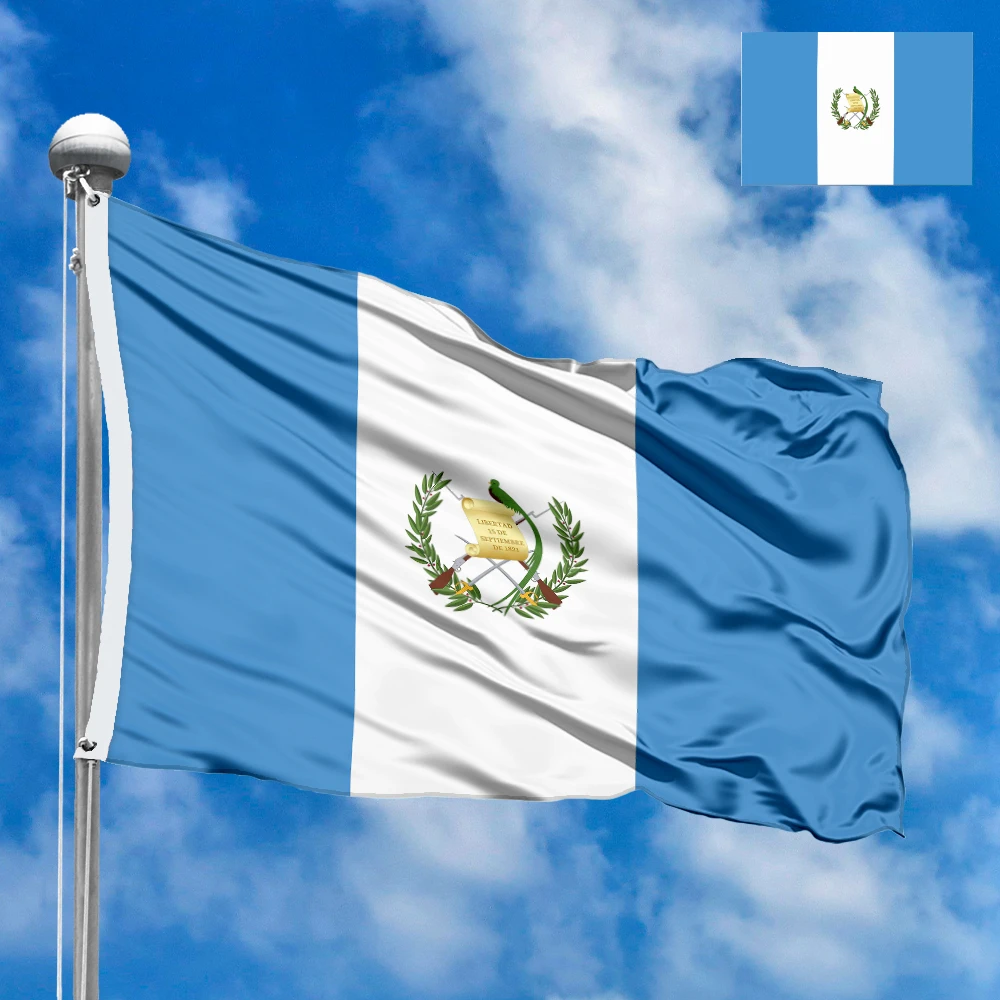

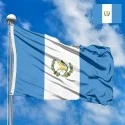
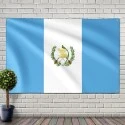
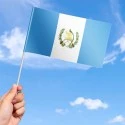
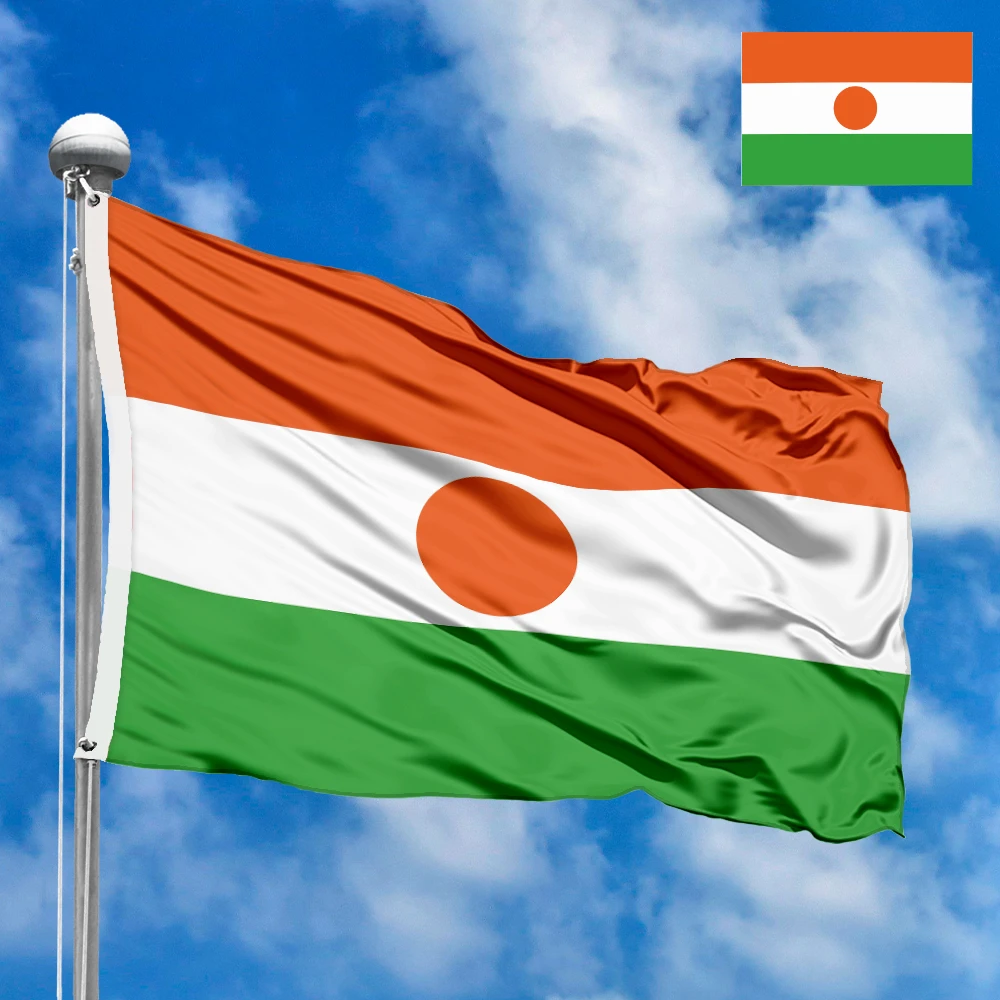

 Waving flag
Waving flag
 Sizes:
Sizes:
 Round flag
Round flag
 Sizes:
Sizes:
 Rectangular flag 2:3
Rectangular flag 2:3
 Sizes:
Sizes: